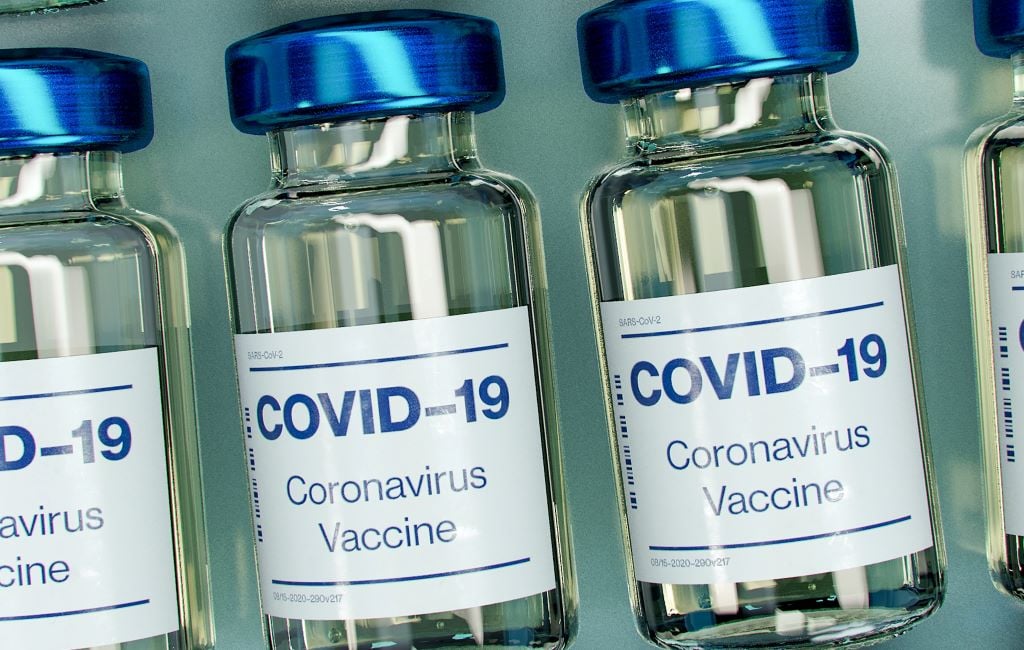
Mandatory Staff Vaccinations: Short-Term Benefits vs. Potential Unintended Consequences
With several vaccines against COVID-19 already available through emergency use authorization (EUA), others potentially on the way, and a nationwide vaccination campaign to administer the vaccine to as many people as quickly possible, the COVID-19 pandemic continues to transition to new phases. And yet with new hope comes new challenges and emerging risks as organizations work to safely care for older adults.
According to the Centers for Disease Control and Prevention (CDC), skilled nursing facilities that conducted at least one vaccine clinic during the first month of roll-out administered a first shot to a median of 77.8% of their residents and 37.5% of their staff. As the agency points out, the moderately high coverage among residents is counterbalanced by relatively low coverage among staff.
What accounts for this difference? Individuals, including healthcare workers, may decline vaccines for a number of reasons. With regard to COVID-19 vaccination, people who have chosen to take a "wait and see" approach or decline the vaccine altogether have cited concerns ranging from the newness or safety of the vaccine to a lack of evidence-based medicine about COVID-19 and even their political positions—on both sides of the aisle.
However, some reasons run deeper than the current vaccination campaign. Reasons for declination can also vary by race, socioeconomics, age, community, culture, and other individual factors. For instance, there is a statistically significant difference in vaccination acceptance rates between resident and staff in long-term care facilities – despite the fact that both groups have experienced the very real threat of harm and challenges posed by COVID-19.
Yet, in spite of these real-life experiences, a significant portion of staff still choose to decline vaccination, giving strong indication that reasons for declination can be deeply held. Perhaps the first lesson to be learned is that vaccination acceptance behavior will differ between groups. With that lesson learned, organizations should then consider the best approaches to address those differences.
One response some organizations are considering to deal with lagging acceptance rates is mandating the COVID-19 vaccine among aging services staff and other frontline healthcare workers based on the argument is that the safety and welfare that group immunity brings for the greater good outweighs the individual's right to decline.
Given the potential harm to older adults and the care-critical necessity of a healthy staff to maintain continuity of care and services, it is perhaps not surprising that such drastic measures might be contemplated. But at what price? And with what unintended consequences? For instance, depending on the reasons for declination—concerns about safety, a lack of evidence-based medicine, or even mistrust of the government's role in COVID-19 vaccination—moving to mandatory staff vaccination programs in aging services or other parts of society could make some reasons for declination even more entrenched.
Perhaps there is another way. One that moves away from approaches that couch the discussion as the “greater good” or the “rights of the individual to choose” to approaches that value both the greater good and respect for the rights of the individual. While it is generally understood that time is of the essence to save lives and move us towards some sense of normalcy, COVID-19 vaccination campaigns still carry a large number of unknowns for people being served and for those serving them, now and for the foreseeable future. Illnesses and the medicine employed to combat them are not all equal—and neither are vaccination campaigns, even with the intent to protect from harm.
An effective vaccination campaign has to identify the common reasons for declination and work to overcome those barriers. When organizations or community health systems collect credible declination data, they can use it to develop and amend education materials that address specific declination reasons. This approach acknowledges and respects the differences that might exist between stakeholder groups as well as reasons for declination; thereby avoiding the trap of treating all who decline vaccination as being the same.
Such an education approach also becomes an integral part of the informed decision making process, helping to address some of the concerns regarding the COVID-19 vaccination campaigns, which go beyond those that encountered in more established (but equally important) vaccination campaigns, such as annual influenza.
Vaccination programs are meant to be processes and not events and need to be tailored to the stakeholder needs, questions, and concerns about each particular illness and the medicine that treats it. It stands to reason that over time, as evidence is gained regarding the efficacy and safety of new vaccines, that persons who declined in favor of a “wait and see” approach would have barriers to acceptance reduced or overcome. It also allows organizations to best identify strategies and integrate them into a comprehensive approach to overcome barriers, including those of trust where the persons communicating the message and even administering vaccines should be chosen carefully.
Therefore, before rushing to mandatory vaccination programs, organizations should continue to seek an understanding as to why people decline vaccination, educate using the growing body of evidence-based medicine, and tailor it to help overcome the data-driven reasons for declination. Just as importantly, the nationwide healthcare system must ensure ongoing access to vaccines so that as reasons for declination are removed, vaccines can be administered in a timely manner. This includes scheduling additional onsite vaccination clinics dates beyond the number initially held so that persons who have changed their minds can still have access to their initial shot. As confidence in vaccine efficacy and safety builds, older adults and the staff who care for them will be protected from COVID-19 and quality and continuity of care can be maintained.
Ultimately, each campaign needs to be designed for its specific circumstances, speaking to all significant and identifiable reasons for declination with those messages delivered by people who are trusted by different stakeholder groups. Even a perfect message that fails to get through to its intended audience still behaves like the wrong message.
